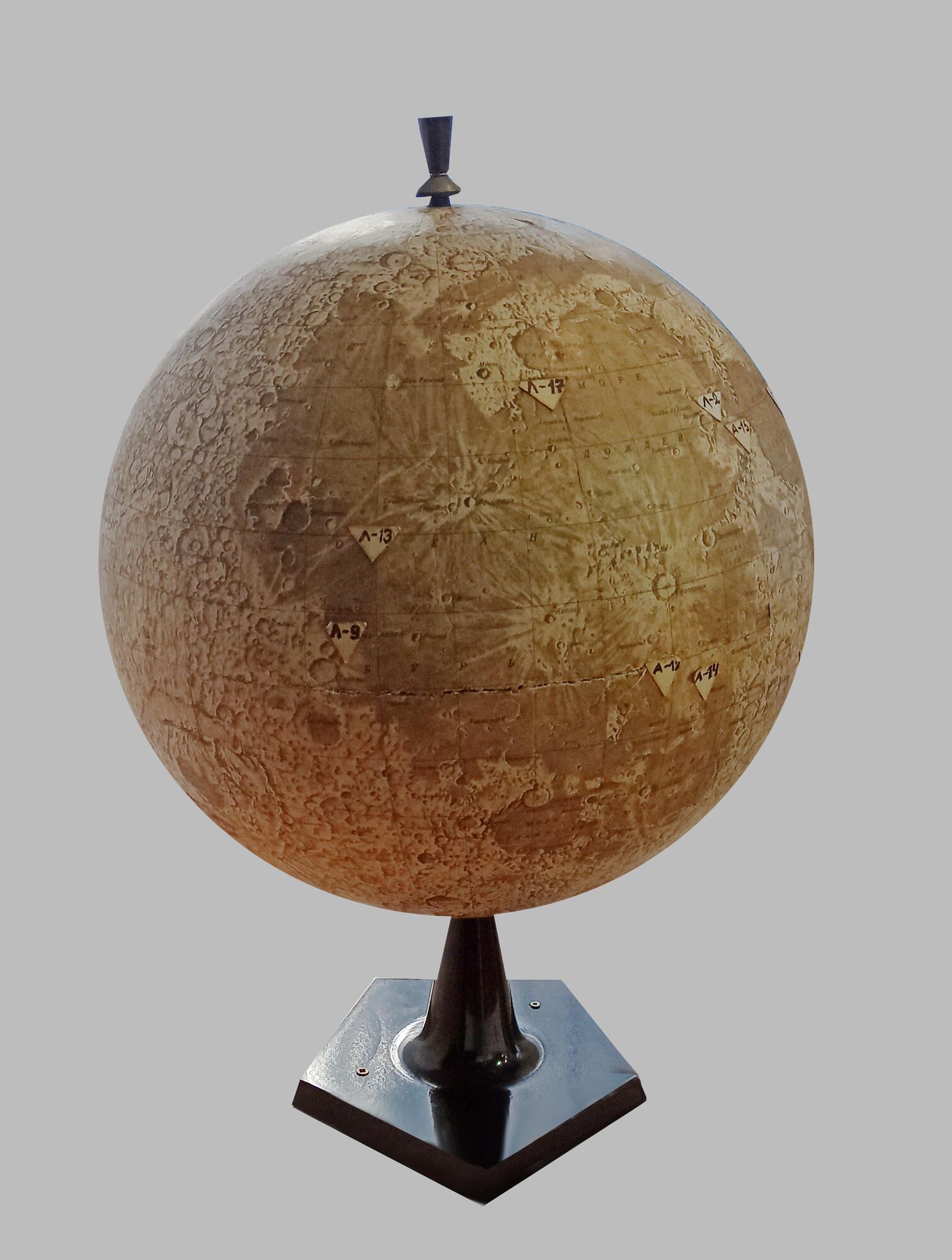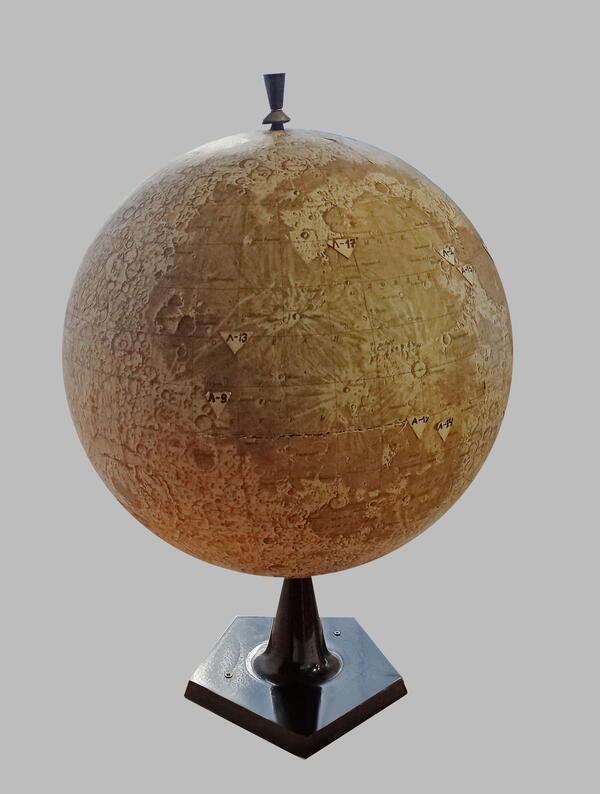The first to explore the Moon was a famous Italian physicist and astronomer Galileo Galilei, the German astronomer Simon Marius and an English scientist Thomas Harriot. They observed the celestial body in a telescope and sketched its surface around 1609-1610. Over time, the telescopes improved, and the Moon’s surface sketches became more accurate and detailed. In fact, some astronomers painted the Moon as if we were looking at it in a telescope, that is, when the north was below, and others depicted it as seen by the naked eye: the north of our natural satellite was at the top.
The first map of the Moon in 1750 was drawn by the German astronomer Tobias Mayer (1723-1762). He also created the first lunar coordinate system. In the twentieth century, even before the beginning of space exploration, there were about 120 drawings, maps and atlases of the visible side of the Moon, but Russia was not very active in this field.
However, the first map of the other side of the Moon was created in our country. On October 4, 1959, the launch vehicle ‘Vostok-L’ was launched. On board was the Soviet automated interplanetary station ‘Luna-3’, which for the first time in the world photographed the invisible side of the Moon. On the basis of these images, the first maps of the other side were drawn. On this map for the first time appeared the Sea of Moscow and the Sea of Dreams, craters Tsiolkovsky, Giordano Bruno, Mendeleev, Sklodovska-Curie and others. The moon globe was also released.
The museum exhibits a 1:10 000 000 scale Moon globe. The globe displays flags of various spacecraft. A check box with the letter ‘L’ denotes the places on which the space vehicles of our country of the ‘Luna’ series have landed. They not only photographed the lunar surface, but also studied the magnetic and gravitational fields of the Moon, the near-lunar space, brought to Earth samples of the lunar soil, examined its properties.
A flag with the letter ‘A’ marks the ships of the ‘Apollo’ series on the globe - these manned flights followed the American program. On July 20, 1969, the manned module of the spacecraft ‘Apollo-11’ with two US astronauts landed on the Moon. Neil Armstrong was the first man to set foot on the moon.
The first map of the Moon in 1750 was drawn by the German astronomer Tobias Mayer (1723-1762). He also created the first lunar coordinate system. In the twentieth century, even before the beginning of space exploration, there were about 120 drawings, maps and atlases of the visible side of the Moon, but Russia was not very active in this field.
However, the first map of the other side of the Moon was created in our country. On October 4, 1959, the launch vehicle ‘Vostok-L’ was launched. On board was the Soviet automated interplanetary station ‘Luna-3’, which for the first time in the world photographed the invisible side of the Moon. On the basis of these images, the first maps of the other side were drawn. On this map for the first time appeared the Sea of Moscow and the Sea of Dreams, craters Tsiolkovsky, Giordano Bruno, Mendeleev, Sklodovska-Curie and others. The moon globe was also released.
The museum exhibits a 1:10 000 000 scale Moon globe. The globe displays flags of various spacecraft. A check box with the letter ‘L’ denotes the places on which the space vehicles of our country of the ‘Luna’ series have landed. They not only photographed the lunar surface, but also studied the magnetic and gravitational fields of the Moon, the near-lunar space, brought to Earth samples of the lunar soil, examined its properties.
A flag with the letter ‘A’ marks the ships of the ‘Apollo’ series on the globe - these manned flights followed the American program. On July 20, 1969, the manned module of the spacecraft ‘Apollo-11’ with two US astronauts landed on the Moon. Neil Armstrong was the first man to set foot on the moon.



